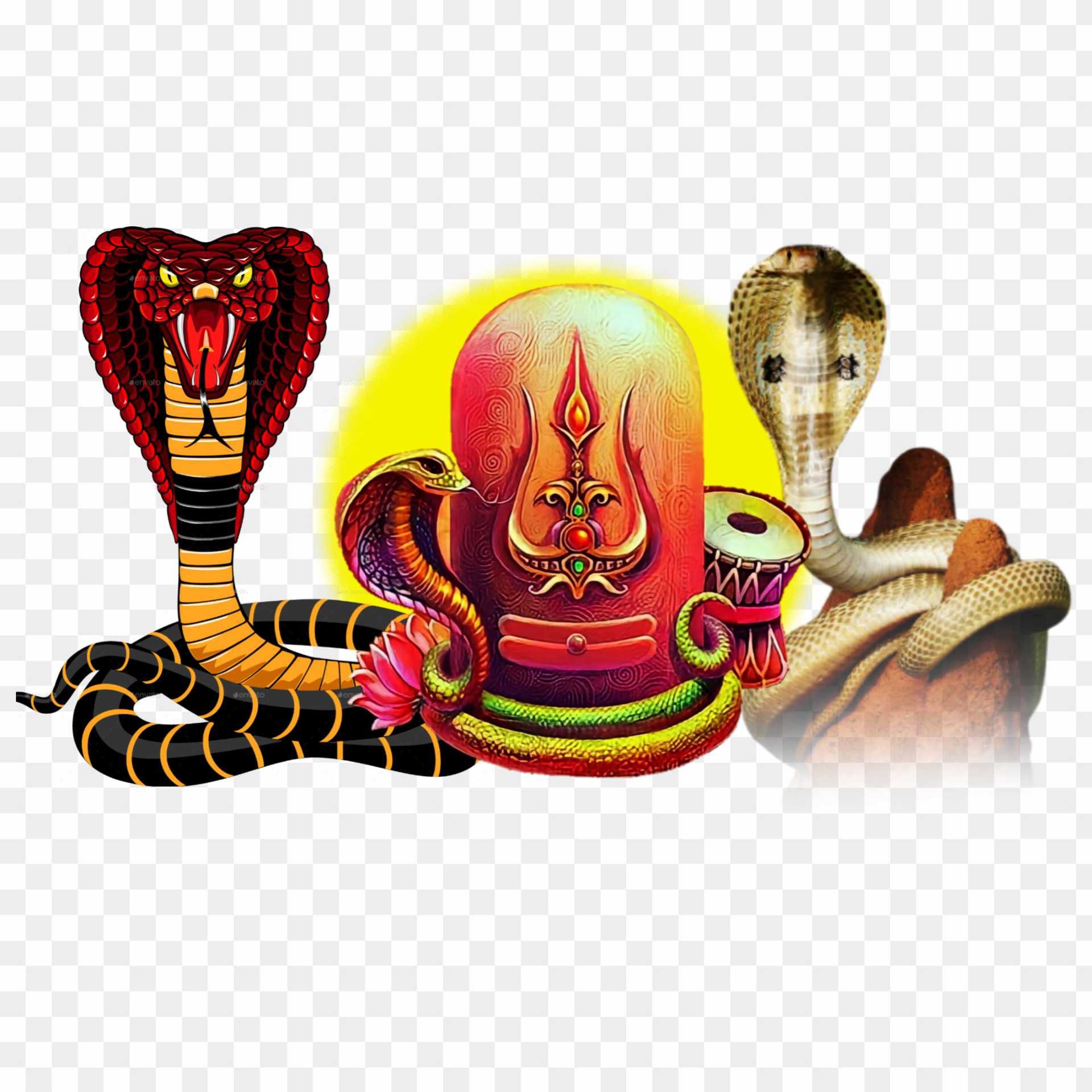Nag Panchami: Celebrating the Sacred Serpent Gods of Hindu Tradition




Nag Panchami is a deeply meaningful festival celebrated by Hindus, especially in Nepal and India. It honors the serpent deities, known as Nagas, who hold a special place in Hindu mythology and culture. Falling on the fifth day of the bright half of the lunar month of Shrawan (usually July or August), this festival is not just about rituals—it’s a celebration of nature, spirituality, and respect for all living beings.
In Hindu beliefs, snakes are much more than animals. They are considered divine beings connected with powerful gods. For example, Lord Shiva wears the serpent Vasuki around his neck, symbolizing his control over time and death. Lord Vishnu rests on Sheshnag, the cosmic serpent, representing infinity and balance. And one of the most famous stories involves Lord Krishna taming the many-headed serpent Kaliya, showing courage and divine strength. Because of these associations, Nagas are believed to influence rainfall, fertility, and protection from harm.
Nepal has a fascinating story linked to Nag Panchami. Long ago, it is said that the Nagas stopped rain from falling over the Kathmandu Valley. The king at that time, who was also a Tantric practitioner, used his spiritual powers to persuade the Nagas to release the rain again. To honor their power and the return of life-giving water, the king declared this day a festival—what we now know as Nag Panchami. This story connects the festival deeply with the local culture and the natural cycle of seasons.

Som Nath Sapkota
On this day, families clean their homes and place images or symbols of Nagas above their doors for protection and blessings. Devotees offer milk, honey, rice pudding, flowers, and incense during puja (worship). Food is often left outside in yards and fields as a respectful offering to the snakes. Temples and sacred ponds like Nagpokhari, Taudaha, and Nagdaha become centers of devotion, attracting many worshippers eager to pay homage.
Central to the festival is the worship of the eight main serpent deities, known as the Ashta Nagas. Each of these eight has its own significance—from Ananta, the eternal one, to Vasuki, associated with Shiva, and others linked to prosperity, protection, and peace. Worshipping them is believed to bring safety, health, good rains, and prosperity to the family.
Nag Panchami is not just limited to Nepal or India. Hindu communities all over the world, from Sri Lanka to the UK and the US, celebrate it with equal devotion. For those living far from their homelands, it’s a vital way to stay connected to their roots and pass traditions on to younger generations.
In recent times, Nag Panchami has also taken on an environmental meaning. Snakes play a crucial role in nature by controlling pests and maintaining ecological balance. The festival, therefore, encourages not only spiritual respect but also awareness about protecting these misunderstood creatures.
Typical celebrations include fasting, performing puja, visiting temples, and sharing folktales about serpent gods. It’s a day when people come together in faith, honoring ancient stories while promoting harmony between humans and nature.
Ultimately, Nag Panchami is a beautiful reminder of the sacred ties between life, nature, and spirituality. It teaches us to live with respect, gratitude, and balance—not just with fellow humans, but with every creature and element of the world around us. This festival invites everyone to embrace these timeless values and carry forward a spirit of coexistence and reverence for the natural world.
— Written by Som Nath Sapkota
सम्बन्धित सामग्रीहरू
हाम्रो सिफारिस
- १
- २
- ३
- ४
- ५











